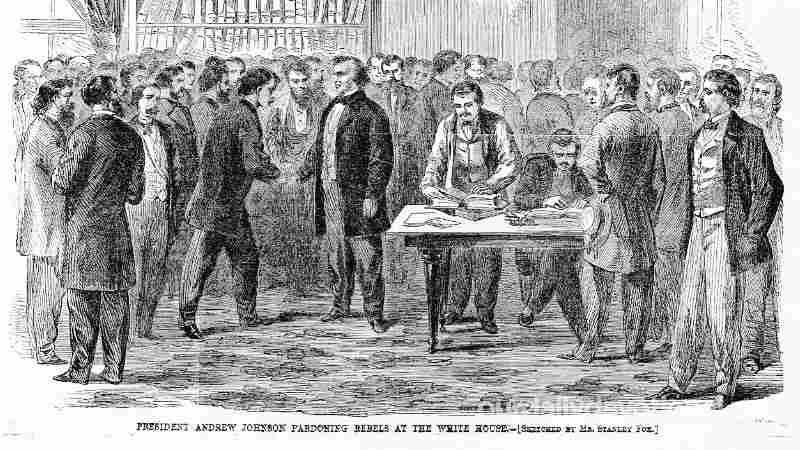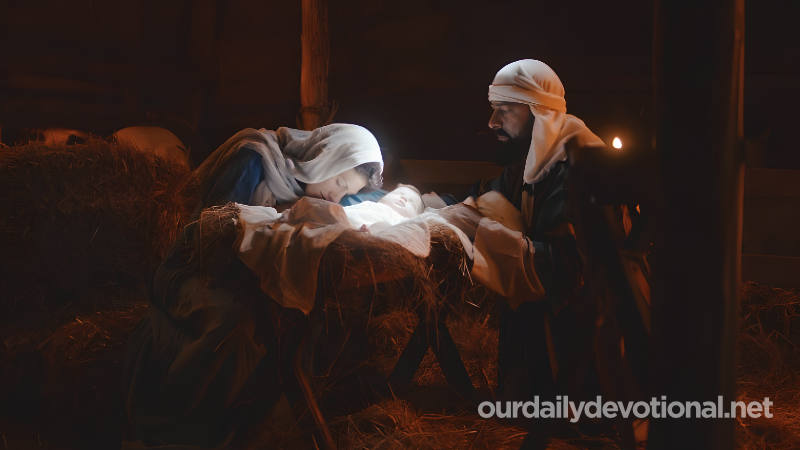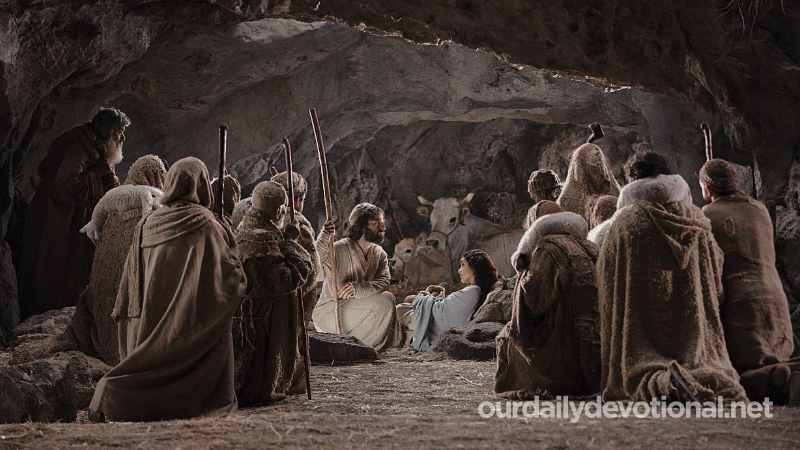(Gr. "manna", Heb. "mãn").
The Hebrew expression “mãn hû” means: “What is this?” (Ex. 16:15), asks where the name of the substance comes from. Manna was the main food of the Israelites during the forty years of their wandering in the desert.
The Israelites met him for the first time in the desert of Sin, when they complained of lack of food. The descent of manna is compared to a rain of heavenly bread (Ex. 16:1-4, 12; Ps. 78:24; 105:40).
In the morning, when the dew dissipated, small grains remained on the ground, resembling frost. The children of Israel, not knowing what it was, asked: "Mãn hû?" Moses told them, “It is the bread that the Lord gives you to eat” (Ex. 16:13-15; Num. 11:9).
The manna remembered the seed of white coriander; It was white, and had a taste like flakes with honey or fine oil (Ex. 16:31); people ground it in mills or pounded it in mortars, cooking it or making cakes (Num. 11:7-8).
Moses ordered the Israelites, on behalf of the Lord, to gather one omer per person each morning (between 3.5 and 4 l.), and not to save anything for the next day. The worms attacked the manna of the disobedient.
On the sixth day, the Lord sent two omers of manna per person; there was nothing on the Sabbath (Ex. 16:22-30). Aaron preserved an omer of manna, evidently incorruptible, so that his successors after him would keep it for successive generations, so that they would see the food of his predecessors in the wilderness (Ex. 16: 32-34).
A year after the first appearance of the manna, at the same time, it is specified that the people continued to receive this bread from heaven, which continued to fall until the end of the 40 years in the desert. The Israelites despised this blessing (Num. 11:4-9; 21:5), yet God did not deprive them of it (Ex. 16:35; Deut. 8:3, 16; Neh. 9:20 ; Ps. 78:24).
The manna did not cease until the day after the Passover celebrated at Gilgal, after they had passed through Canaan, and after the people had eaten of the fruit of the land (Josh. 5:10-12).
The question has often been raised as to whether the manna was a product created especially to help the Israelites, or whether it was a natural substance, multiplied in a miraculous way.
There are various plants that exude a kind of substance analogous to manna, spontaneously, or due to the bite of an insect. This is the case of "Tamarix nainnifera" (variety of "Tamarix gallica"), which grows in the Sinai Peninsula; This plant is bitten by a hemipteran, "Chermes", or "Coccus manniparus".
The product, which is yellowish in color, turns white when it falls on the stones and remains in the sun; It is found for 6 to 10 weeks, especially in June. The "Alhagi maurorum" and the "Alhagi desertorum" also exude a kind of frost, and there are also more plants of this genus.
Its product is used as honey and butter by the Arabs; taken in stronger doses, it has purgative effects. It is evident, however, that all these substances do not have the characteristics of manna.
The manna was miraculously produced, in sufficient quantity for an entire nation; This amount was doubled on the sixth day and did not appear on the seventh; It ceased to exist when it was no longer necessary.
Typological sense.
Christ compares manna to the living Bread that came down from heaven. While the manna nourished the body for a short time, Jesus, the true bread of life, offers his flesh and blood as nourishment and eternal salvation for our souls (John 6:31-35, 45-48 ).
Every Israelite had to seek manna every day, in the morning, in sufficient quantity, simply taking the trouble to collect this gift from Above. In the same way, each believer seeks his nourishment in Christ, each day before all other activity, in order to be fully supplied, appropriating the heavenly gift by faith.
He who overcomes will receive this spiritual and hidden manna even in heaven (Rev. 2:17), because Christ will be our living Bread until eternity.
Meaning of MANNA
(Gr. "manna", Heb. "mãn").
The Hebrew expression “mãn hû” means: “What is this?” (Ex. 16:15), asks where the name of the substance comes from. Manna was the main food of the Israelites during the forty years of their wandering in the desert.







